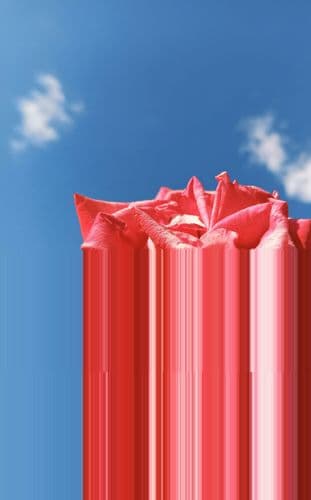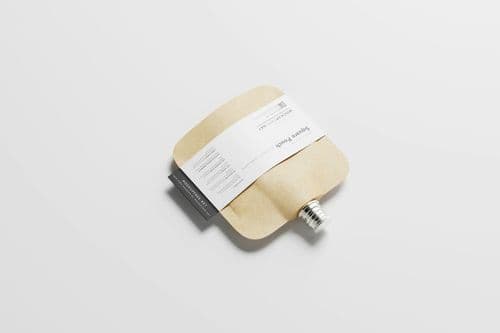Key Points
- Barkcloth’s dense, fibrous grain suits hand-stitching; pre-soften (steam/light oil) to prevent puckering with raffia.
- Harvesting follows tree health cycles and 1–2 year rests, aligning production with natural regrowth.
- Ageing is leather-like: beeswax conditioning and simple linings (cotton/hemp) add toughness for daily use.
- Plant dyes take richly but vary by porosity, creating natural tonal depth; embrace, don’t fight, the irregularity.
- Design with the material, not against it: expose grain, use embossing sparingly, and favour fluid forms over rigid geometry.
Full interview with Sylvia Namukwaya
1. What properties of barkcloth make it particularly responsive, or resistant, to embroidery, especially with natural raffia threads?
Barkcloth’s fibrous structure, dense yet soft, makes it a material of paradox. It is pliable for hand-stitching, yet unpredictable due to its textured surface. When paired with coarse natural raffia, the key is preparation. If the cloth is too dry, raffia’s rigidity may cause puckering or even tearing. To mitigate this, we pre-soften barkcloth through steaming or light oil conditioning, improving pliability and reducing tension. The resulting effect is a harmonious visual cohesion between raffia and barkcloth, tactile, rustic, and distinctly organic.
2. The harvesting process is chemical-free and regenerative. How do you assess fig tree health, and how does that affect production scheduling?
We blend traditional ecological knowledge with systematic observation, tracking bark regrowth, leaf density, and trunk integrity. Each fig tree is rested for 1–2 years after harvest to ensure full regeneration. Our production calendar flows with these cycles, anchored by a rotation system that prevents overharvesting. This ensures both ecological balance and consistency in fabric quality.
3. How does barkcloth age, texturally, and what preservation techniques support daily-use products?
Barkcloth ages like leather. It becomes supple and develops a warm patina. Yet, exposure to sunlight and dryness can lead to brittleness. We developed beeswax-based conditioning to retain moisture and enhance durability. For functional items, we often add a lining such as soft cotton or hemp to extend lifespan while preserving the barkcloth’s sensory charm.
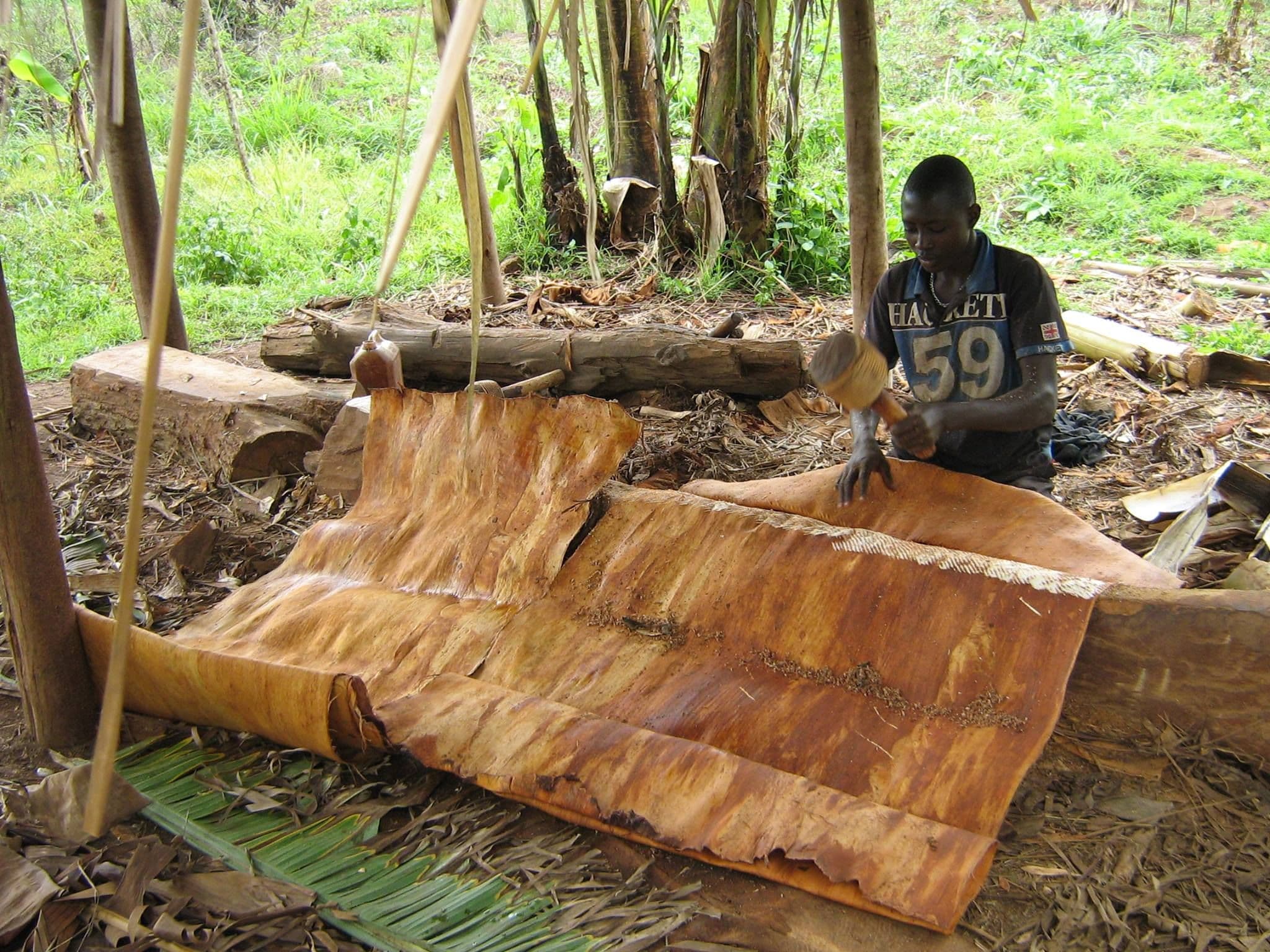
4. What’s unique about dyeing barkcloth, and what aesthetic challenges or surprises arise?
Its high absorbency makes barkcloth ideal for plant-based dyes, but its variability in porosity, a result of hand-harvesting, means each piece absorbs pigment differently. We often see spontaneous gradients or patchiness, which can be frustrating or unexpectedly beautiful. Earthy tones, in particular, benefit from this by gaining visual depth. Synthetic dyes, on the other hand, often appear flat and can feel at odds with the material’s soulful unevenness.
5. Barkcloth is a UNESCO heritage craft. How do you innovate without erasing its cultural roots?
We treat barkcloth as a collaborator, not a blank canvas. While adapting it into modern forms, like geometric bag panels, we follow traditional harvesting and softening methods. We co-design with elders and local craftspeople, always with consent and reverence. Our ethos is simple. Tell new stories without silencing the old ones.
6. Your work showcases strong textural contrasts. How do you choose where to leave barkcloth exposed versus intervening with techniques like embossing?
We let the grain, marks, and flaws of barkcloth lead the way, especially on parts meant to be touched or closely observed. Embossing or layering is used sparingly to accentuate rather than obscure. Even natural imperfections become narrative elements, like a scar that tells the tree’s story.
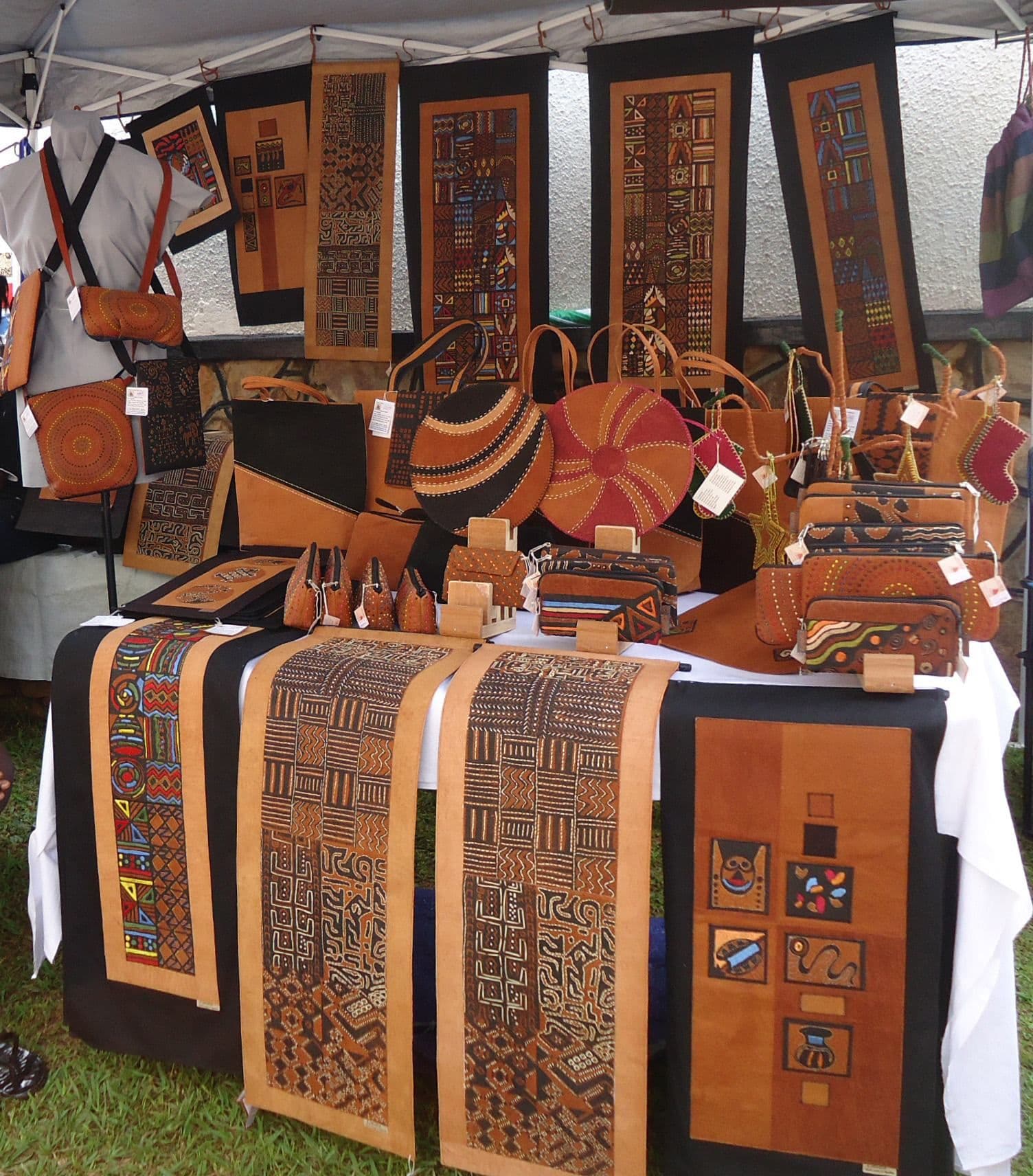
7. What draws you to raffia, and how do you prepare it?
Raffia’s fibrous strength, flexibility, and aesthetic kinship with barkcloth make it irreplaceable. Sourced from local palm leaves, it’s soaked and softened before use. Unlike glossier vegetal fibres like banana or sisal, raffia blends organically. It never competes, it always complements.
8. How do you test durability, especially for high-friction items like iPad sleeves or handbags?
We rely on real-world testing. This includes daily use by our team, stress folds, sun and moisture exposure. Products are backed with cotton reinforcements, and wear is monitored over weeks. While we don’t yet lab-test, customer feedback informs our design refinements. Especially around stitch tension, lining choices, and surface treatments.
9. Has barkcloth ever surprised you mid-design? How did that shift your practice?
Once, a structured laptop case we crafted collapsed over time as the barkcloth softened. It taught us a vital lesson. Barkcloth doesn’t want to be forced into rigid geometry. Since then, we’ve embraced fluid forms, designing for the cloth’s natural behaviour, not against it.
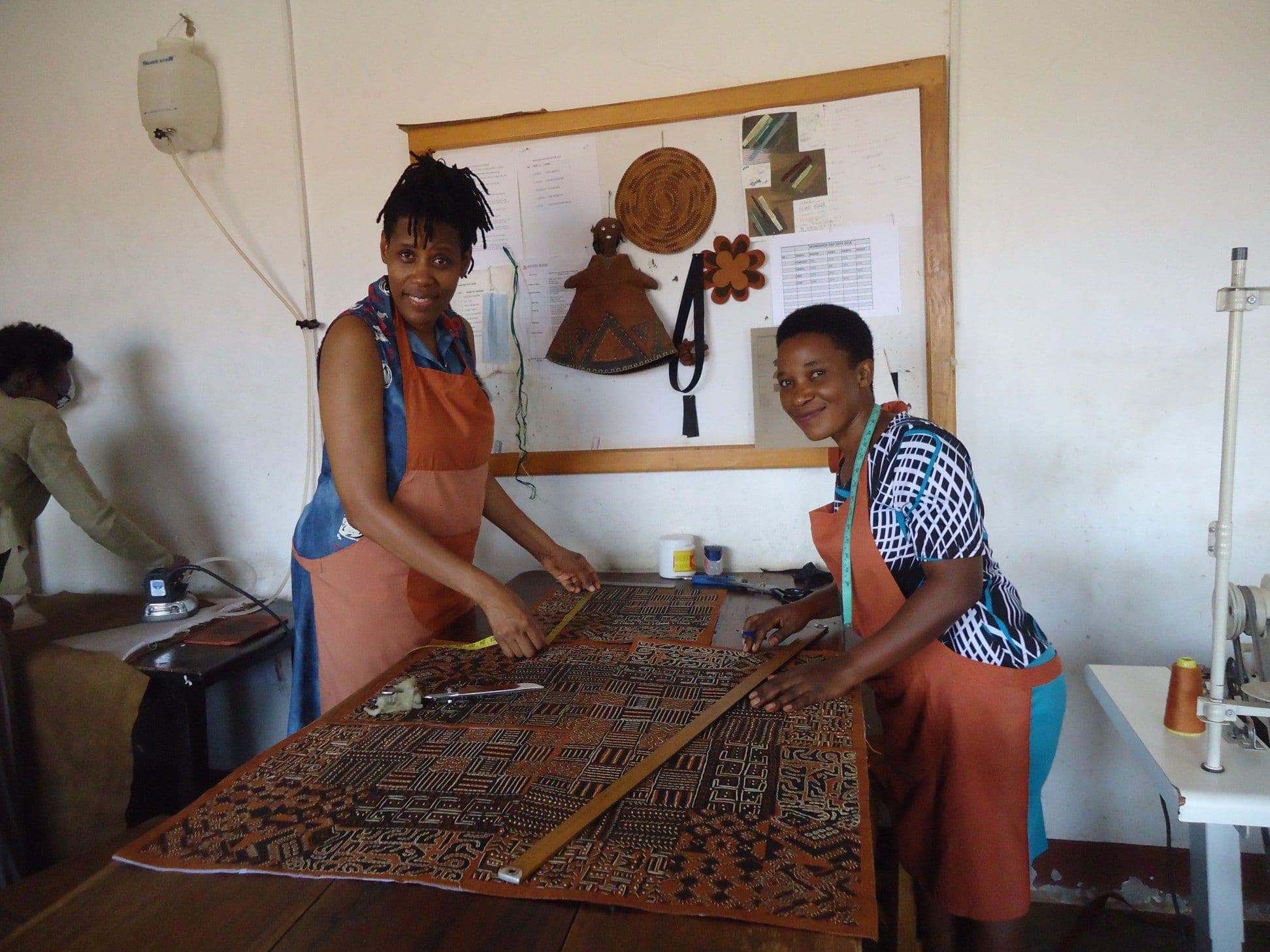
10. Do you see barkcloth scaling into other domains like interiors or packaging?
Absolutely. Barkcloth’s insulating, breathable, and biodegradable properties make it ideal for acoustic panels, eco-packaging, and more. But scalability must come with ethical sourcing. We’re exploring hybrid materials, fusing barkcloth with natural resins or bioplastics as a pathway to industrial relevance without sacrificing its integrity.

